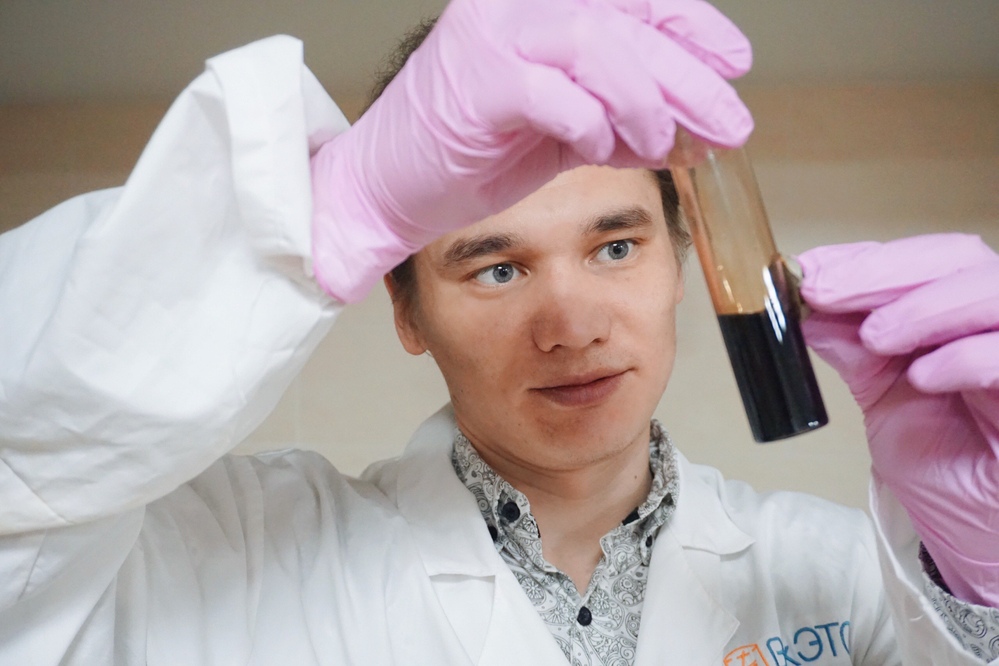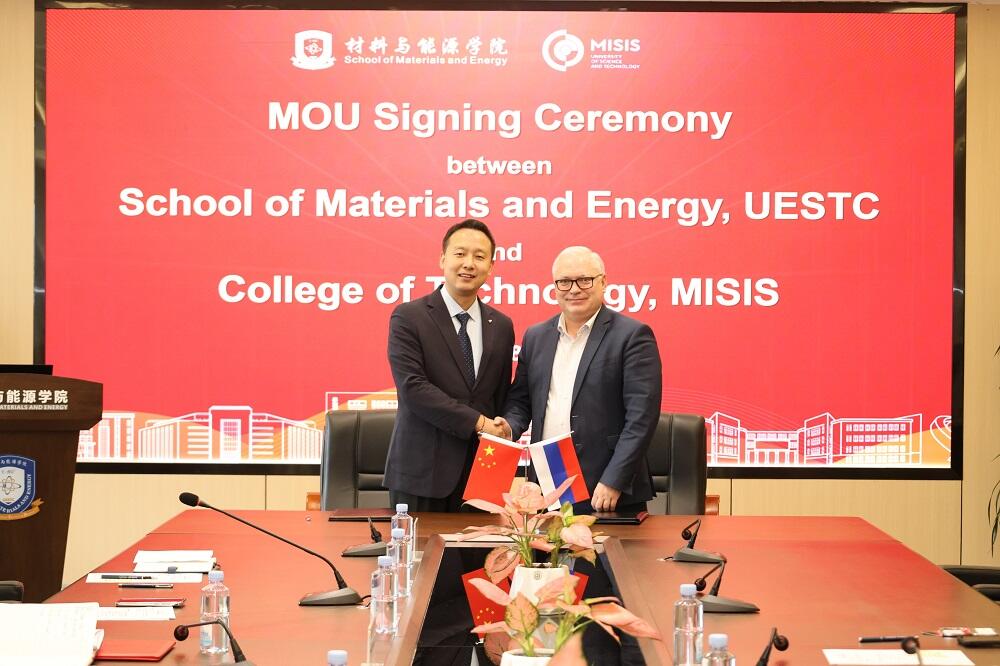Scientists from the MISIS University and the Pirogov Russian National Research Medical University have created a combination of magnetic iron (III) oxide nanoparticles (MNPs) with redox-sensitive substances (abbreviated from REDuction and OXidation, i.e. sensitive to cellular reduction-oxidation processes), which may become a promising basis for a new multifunctional cancer treatment nanomaterial. The effect may be particularly effective in the treatment of ferroptosis-sensitive cancer cells, such as the 4T1 breast cancer cell line. Such effect was for the first time described in the international scientific Pharmaceutics journal (Q1).
Ferroptosis is a specific type of programmed cell death in response to an oxidative stress triggered by exposure to iron (III) ions. This process is advantageous for antitumor therapy, as it may be triggered selectively in target cancer cells owing to the ability of iron oxide nanomaterials to significantly influence the redox cell environment.
“Magnetic nanoparticles and redox-sensitive materials are already is use in treating cancers separately, but their synergistic effect has not been described yet,” Alexander Savchenko, a study co-author, Ph.D. (Phys.-Math.), Head of the NUST MISIS Department of Physical Materials Science, says, “We applied a redox-sensitive layer of disulfide compounds and polyethylene glycol to the surface of magnetic nanoparticles. Then, we injected it into cells where the nanoparticles lose their shell, which results in a relatively fast dissolution of the magnetic core and increased cytotoxicity of the nanoparticles. The dual effect of Fe (III) and disulfides may synergistically enhance the oxidative stress of cancer cells and cause their death on the ferroptosis pathway.”
Stimulus-sensitive delivery systems with a fast and efficient drug release in tumor cells are of the utmost interest in biomedicine. These systems demonstrate higher chemical stability in the bloodstream and a prompt response to changes in intracellular conditions, thus inducing drug release in the cytosol and nucleus, wheretheir therapeutic effects visualize. They normally respond to specific internal irritants, such as enzymes, pH level and redox potential. A high redox potential in cells is primarily owing to the glutathione, which is widely distributed in cells. It is known, for example, that the intracellular concentration of glutathione is approximately
“This significant difference in properties between the extracellular and intracellular environments, and between tumors and normal tissues offers a unique advantage to materials sensitive to redox potentials, as they will be stable in the extracellular environment but will rapidly and efficiently release the drug inside the cell, which is instrumental in creating a wide range of various delivery means with high selectivity and efficacy in antitumor therapy,” Artyom Ilyasov, a study co-author and engineer at the NUST MISIS Research and Educational Center for Biomedical Engineering, said.
The redox potential sensitivity is a key factor affecting the rate of MNP incorporation and dissolution with the release of iron ions within cancer cells.
“We have experimentally proven that the decreased viability of 4T1 cells was caused by the synergistic effect of disulfide bonds of the polymer shell of redox-sensitive nanoparticles and the high oxidative capacity of the magnetic core iron oxide. They both lead to depletion of glutathione reserves in cancer cells, which results in their death, presumably on the ferroptosis pathway,” Timur Nizamov, a study author, Junior Researcher at the NUST MISIS Laboratory of Multifunctional Magnetic Nanomaterials, said.
According to Timur Nizamov, magnetic nanoparticles might significantly expand the scope of applying redox-sensitive nanomaterials in MRI diagnostics, magnetic hyperthermia and other areas of biomedicine, owing to their ability to be remotely controlled by an external magnetic field.
The research at issue was funded by the Russian Foundation for Basic Research (project No. 20/03/00967) and by the NUST MISIS grant awarded under the Priority 2030 program of the Ministry of Science and Higher Education of the Russian Federation.




